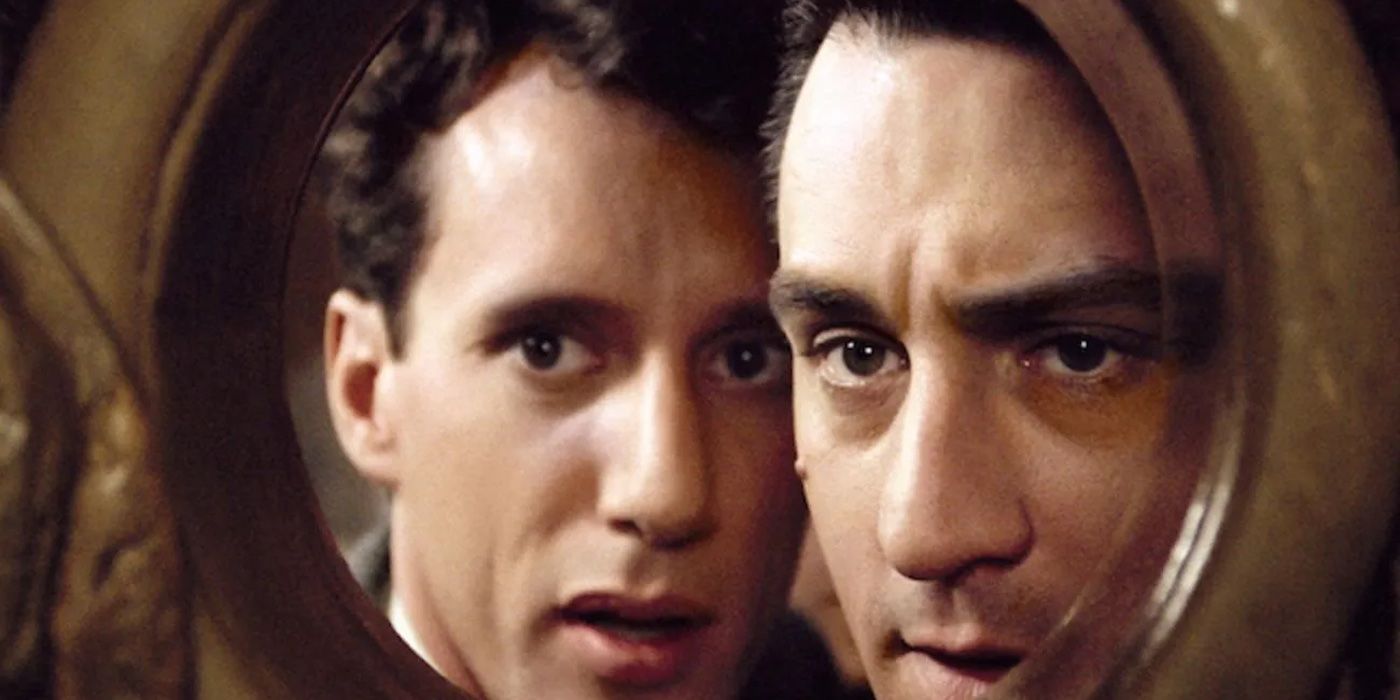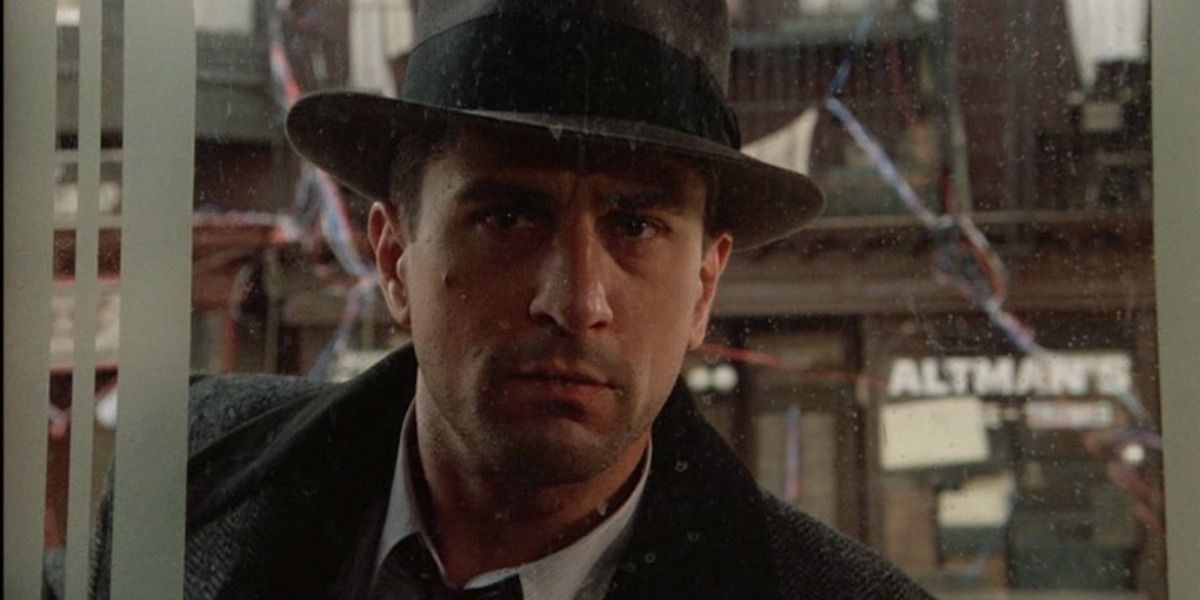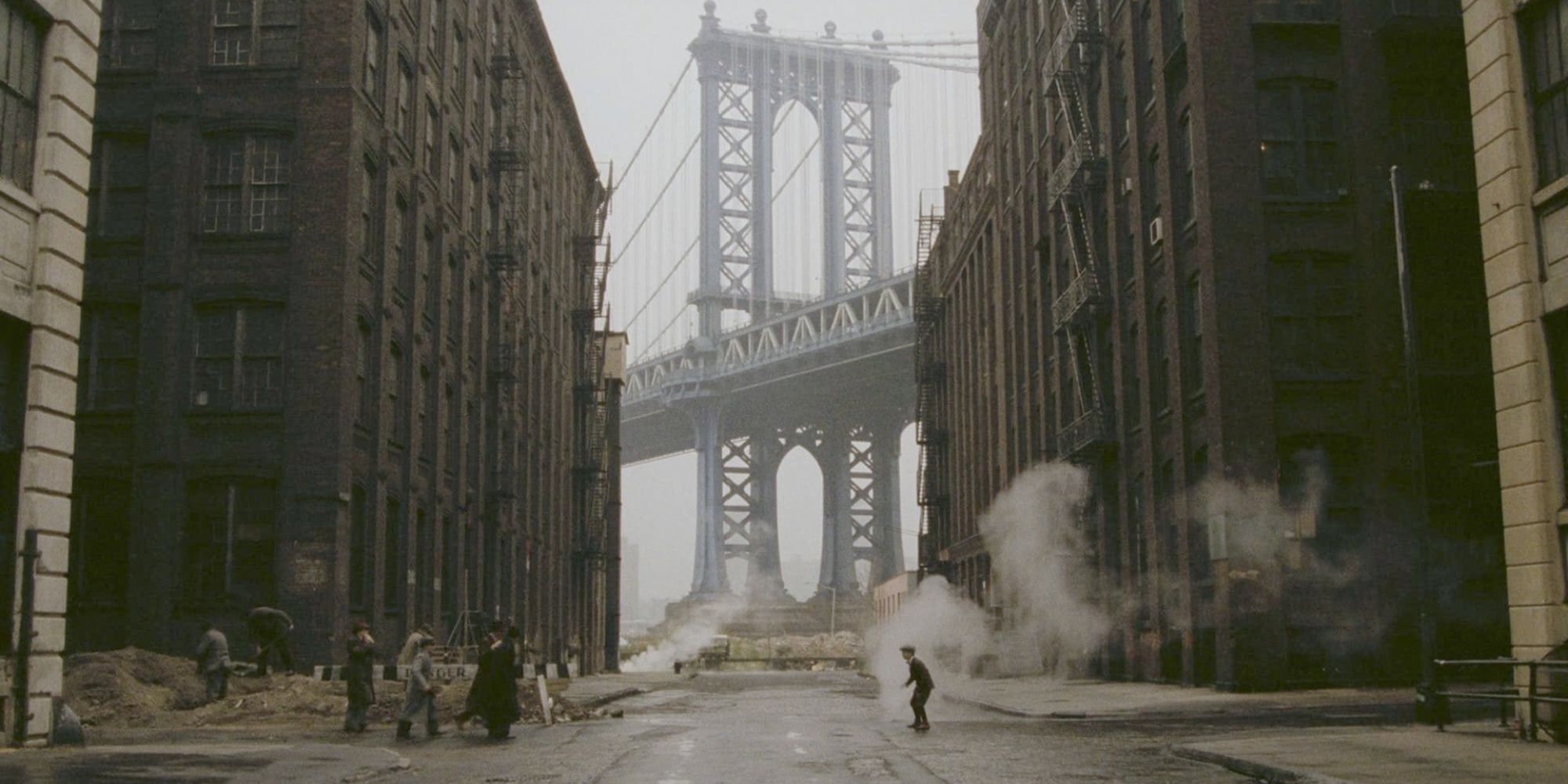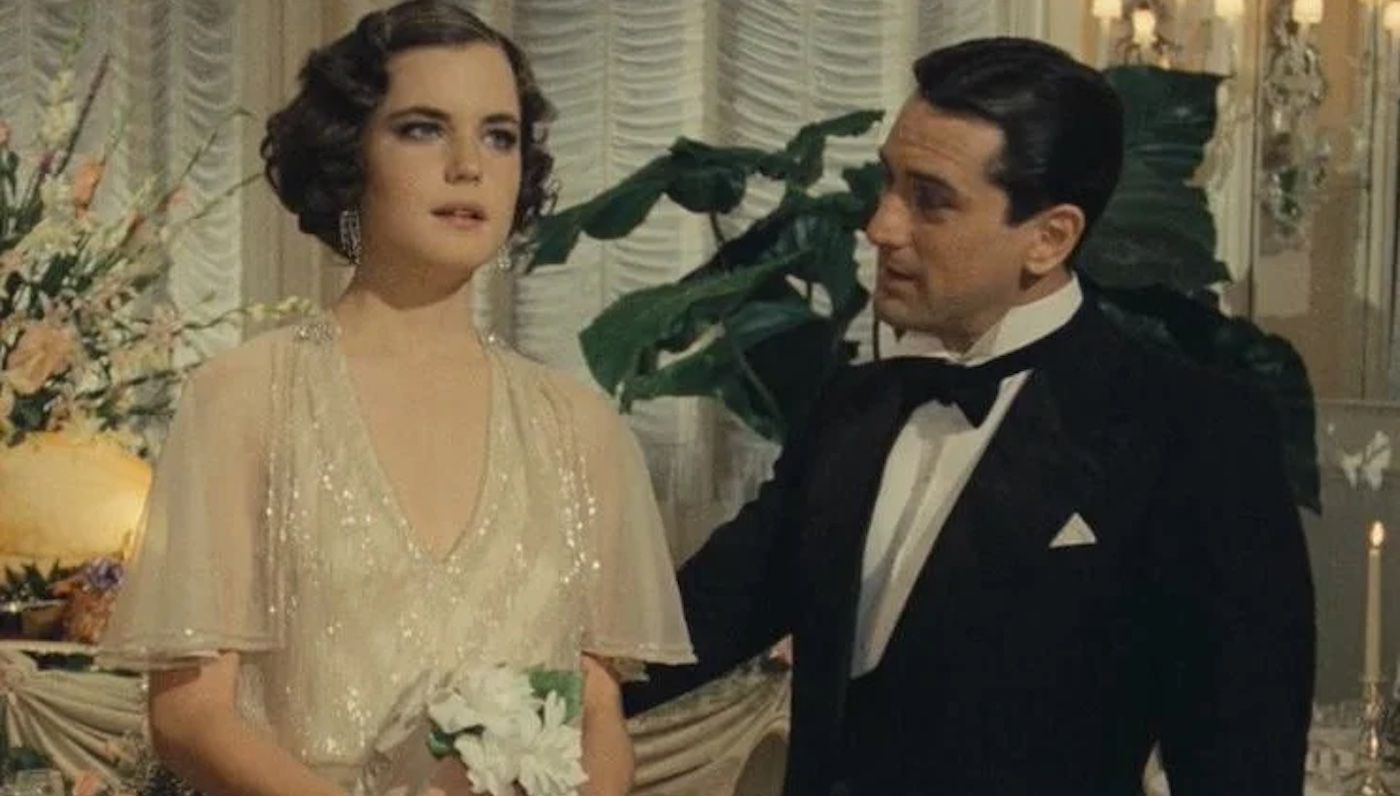The man who redefined the Western had the chance to do the same for the mob movie. When Sergio Leone crossed the Atlantic to make films in America, he was offered the chance to direct The Godfather before Francis Ford Coppola. Paramount wanted an Italian filmmaker, and Leone was a hot name after helming the “Dollars Trilogy” featuring Clint Eastwood’s Man With No Name. But given the chance to adapt a best-seller for a major Hollywood studio, Leone declined. Reportedly, he felt The Godfather glorified the Mafia, and he had his own preferred take on organized crime. That was Harry Gray’s semiautobiographical novel The Hoods, about growing up as a Jewish gangster in Prohibition-era New York.
Leone spent more than a decade chasing the project, which would become Once Upon a Time in America. The movie he had passed over, as directed by Coppola, rewrote the script of mobster films, and Coppola would push things further with his experiments with form in The Godfather Part II. Indeed, it beat Once Upon a Time in America to the punch by ten years in juxtaposing different time periods within a gangster story context. Where The Godfather Part II tracks two eras, contrasting father Vito Corleone’s rise with son Michael’s fall, Once Upon a Time in America juggles three periods in the life of David “Noodles” Aaronson (Robert De Niro)
Three Different Timelines
There is his adolescence in 1918. The young Noodles (Scott Tiler) puts together a small gang of fellow punks to do favors for local strongmen, ogles his friend’s sister, Deborah (Jennifer Connelly), and finds a best friend in Maximilian “Max” Bercovicz (Rusty Jacobs), who becomes the leader of the gang. Noodles gets nowhere with Deborah, but the gang does seem off to a promising start until a flash of violence lands Noodles in the big house. When he gets out in 1930, all grown up into Robert De Niro, he falls back in with Max (James Woods) and the boys as big-time operators in the bootlegging trade. But heaps of money can’t win him Deborah (Elizabeth McGovern), and tempting offers from the Mafia test his friendship with an increasingly erratic Max. When a bank heist that Noodles tried to stop goes wrong, he’s branded a rat and forced to flee for his life, guilt-ridden over the thought he got his friends killed. He stays in Buffalo until 1968 when a mysterious message brings him back to New York to settle things once and for all.
Is It All a Dream?
Or does it? Once Upon a Time in America’s three timelines are all out of sequence. The film begins and ends with Noodles hiding from the Mafia in an opium den, puffing away at a pipe and clearly lost to its effects. Elements of the 1968 story, particularly its open ending, are a bit too surreal to be wholly acceptable as to what “really” happened. While never confirmed, there is a strong implication by the end that the film has been an opium dream, Noodles’ memories of his past mingled with fantasies of a possible future.
If a dream it is, then it’s a dream on an epic scale. The shot of the young boys walking under the looming Manhattan Bridge is the most iconic image from this movie, but equally impressive are crowd scenes filling the Manhattan neighborhood, and lovingly assembled sequences of nothing but characters’ forlorn expressions and Ennio Morricone’s haunting music (most of it written before filming and played on set). The structure itself is epic and audacious. It takes time to orient yourself to the film’s nonlinear story, and the tease of unreality without any confirmation – or any firm resolution to the story – is a tall ask, for the filmmaker and the audience.
Leone and his collaborators juggle the timelines with aplomb. The original 229-minute theatrical cut doesn’t feel that long as a whole, though there are diversions here and there that the film could live without. Most of the performances by the adult cast are understated, with flashes of violence and high emotion at key points. The minimal dialogue is cheesy at times, but at other times puts just the right button on emotions largely expressed through picture and score. This can all come to an acquired taste to a first-time viewer, but if you give Once Upon a Time in America some patience and attention, you’ll find it well worth the effort. To watch a master of a craft is always rewarding, and Leone had been a master for years by the time he made his passion project.
Form Over Subject
But it is worth noting that the form is more impressive than the subject here. If Leone really did object to The Godfather’s supposed glamorizing of mobsters (a frequent and unfair charge against the book and the trilogy), it’s curious that he would provide such a sweeping and sympathetic account of a character who is, in some ways, much worse than the likes of Michael Corleone.
Noodles is hard to like. In his youth, he’s a crude, lecherous, often sullen hood. As a man, he’s a thief, murderer, and rapist proud of his limited ambition. What good traits he has always end up landing him in trouble or giving way to his baser impulses. He’s loyal to a fault, which gets him sent to prison and keeps him involved with Max. His early show of inventiveness is put to criminal use and vanishes by the time he grows up. He has a sincere romantic longing for Deborah, but he betrays her affection for him in the most upsetting scene in any Leone film. And his good sense to keep the Mafia and corrupt union officials at arms’ length mean that he doesn’t see certain double-crosses coming.
Max is no better. He, too, is loyal to a fault – unless the 1968 story is real, in which case, Max’s single-minded obsession with business trumps friendship. The other two gang members, Patsy and Cockeye (James Hayden and William Forsythe respectively) are a little too thinly drawn to inspire much empathy, though Larry Rapp as Fat Moe (Deborah’s sister) picks up some of that slack.
The Narrative Is Too Good for the Characters
These aren’t the enigmatic, archetypal figures of Leone’s Westerns, capable of sustaining an epic despite limited or no development. They aren’t the tragic, Shakespearean figures of The Godfather trilogy, possessed of enough conscience and heart that their descent into villainy is heartbreaking. Noodles and Max aren’t as psychologically fascinating as Tony Soprano or as manic as Henry Hill. They’re run-of-the-mill thugs, granted a beautiful and unusual narrative that seems too good for them.
It's those signs of loyalty and longing for something better that just keep form and subject from feeling totally incongruous, that and the consequences that befall the thugs. Noodles’ selfishness and violence toward Deborah haunt him throughout the film’s second half, and if 1968’s events really do happen, he and Max are equally marred by their lives of crime. There’s regret and nostalgic longing and resignation to go around, but there’s no denying these guys deserve their misery. Although, if 1968 really is a dream, then perhaps Noodles - if only subconsciously - has more insight into what he's made of his life than the other two timelines first suggest.
Rating: A-




